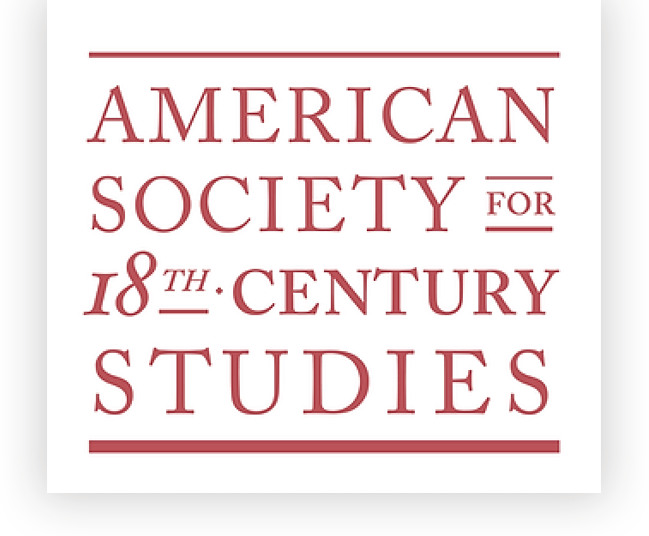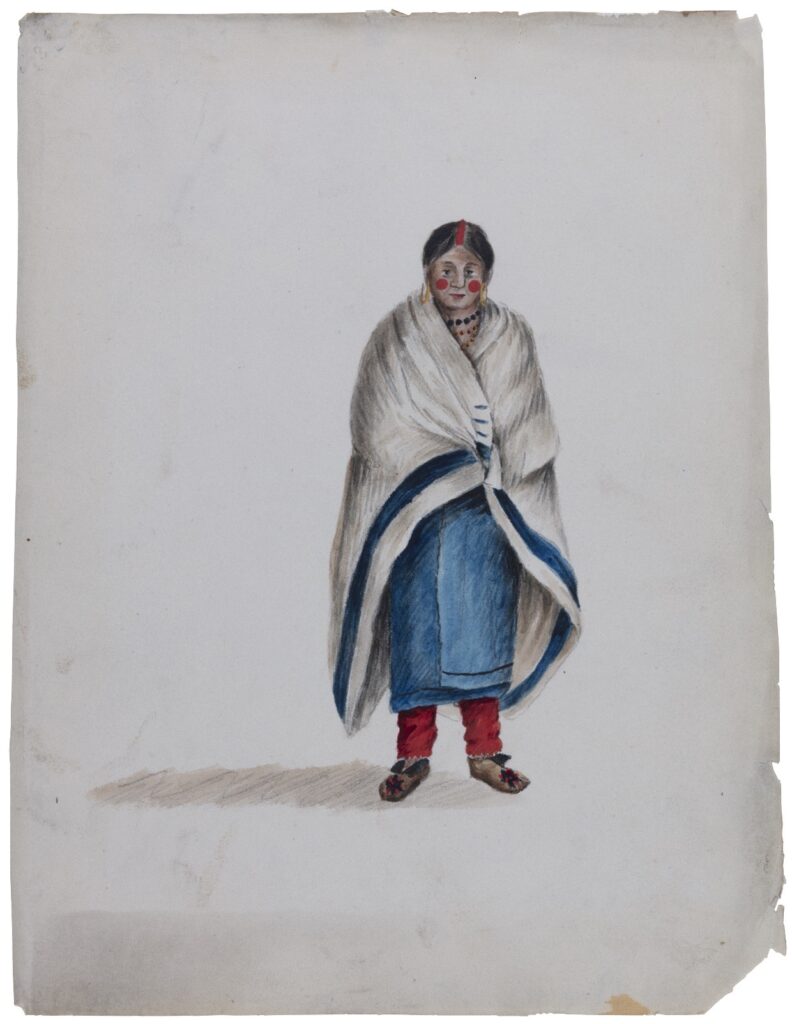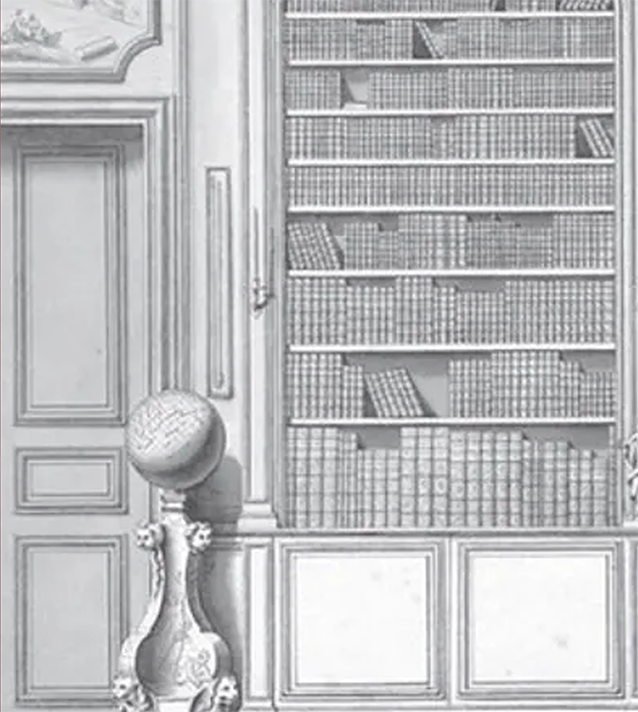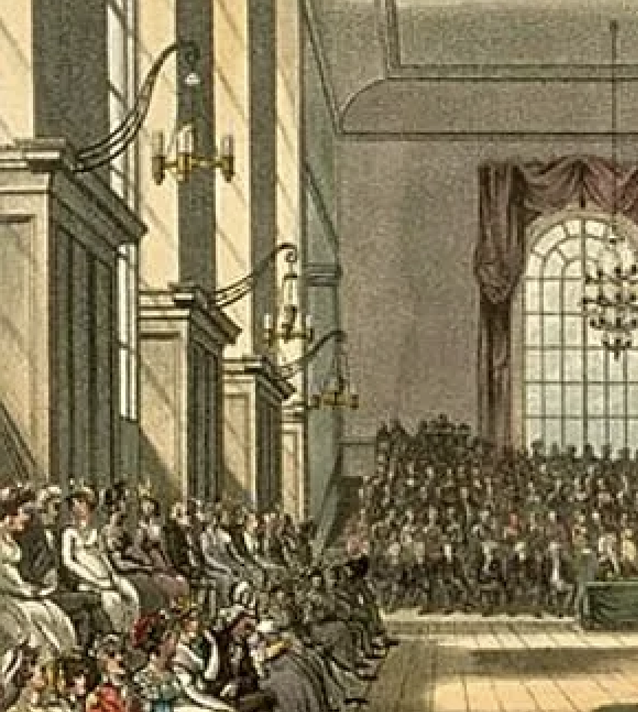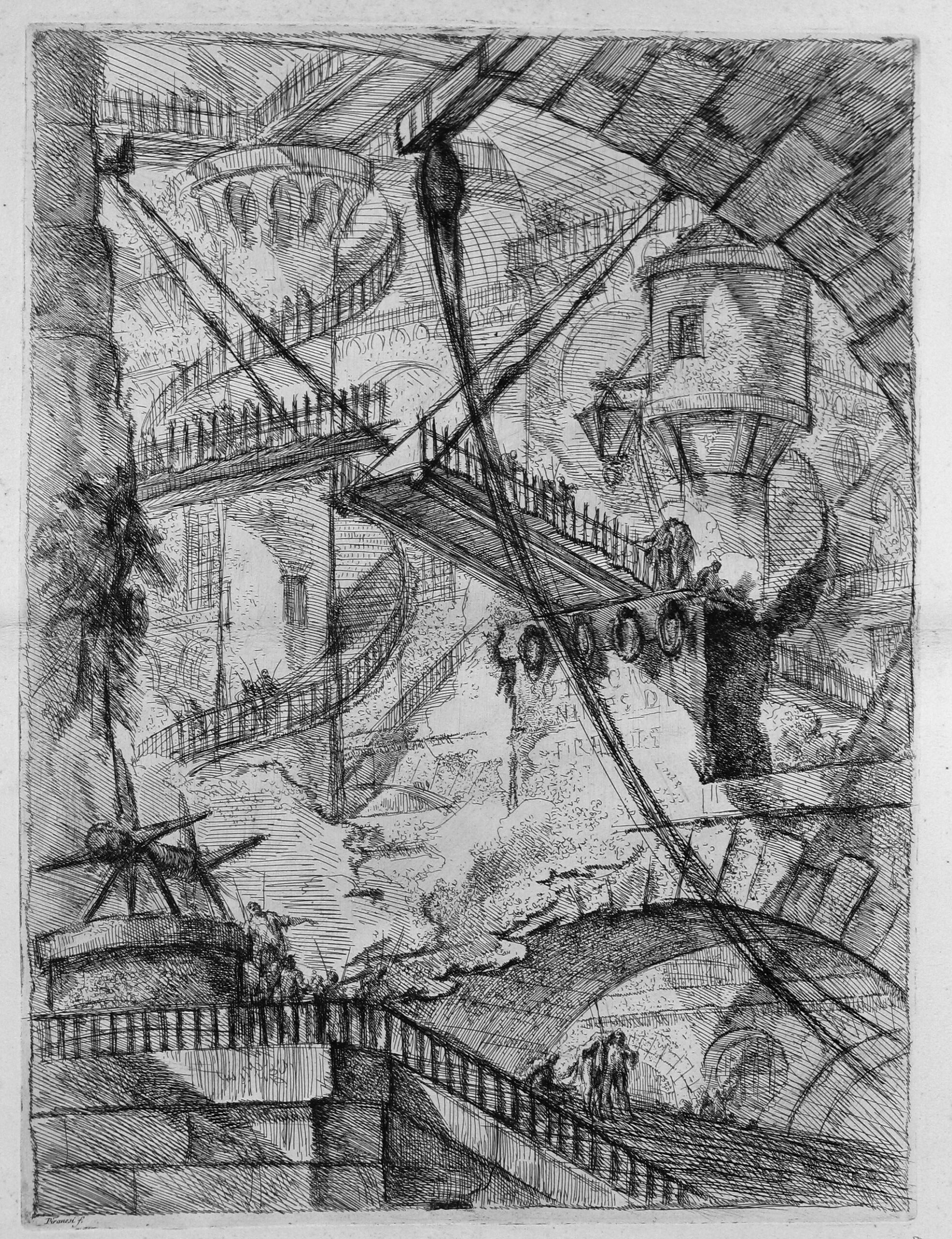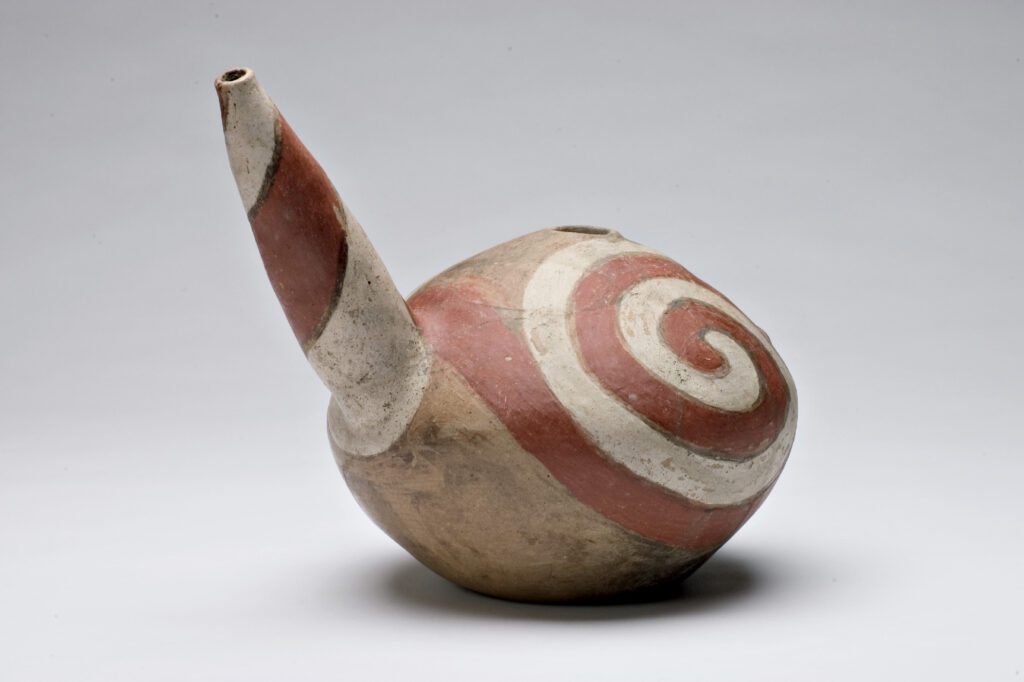Announcing the 2025 Eighteenth-Century Africa Publication Fellowships
The African Studies Association (ASA) and American Society for Eighteenth-Century Studies (ASECS) are thrilled to announce the joint 2025 18th Century Africa Publication Fellowships. Thanks to g…
Read More